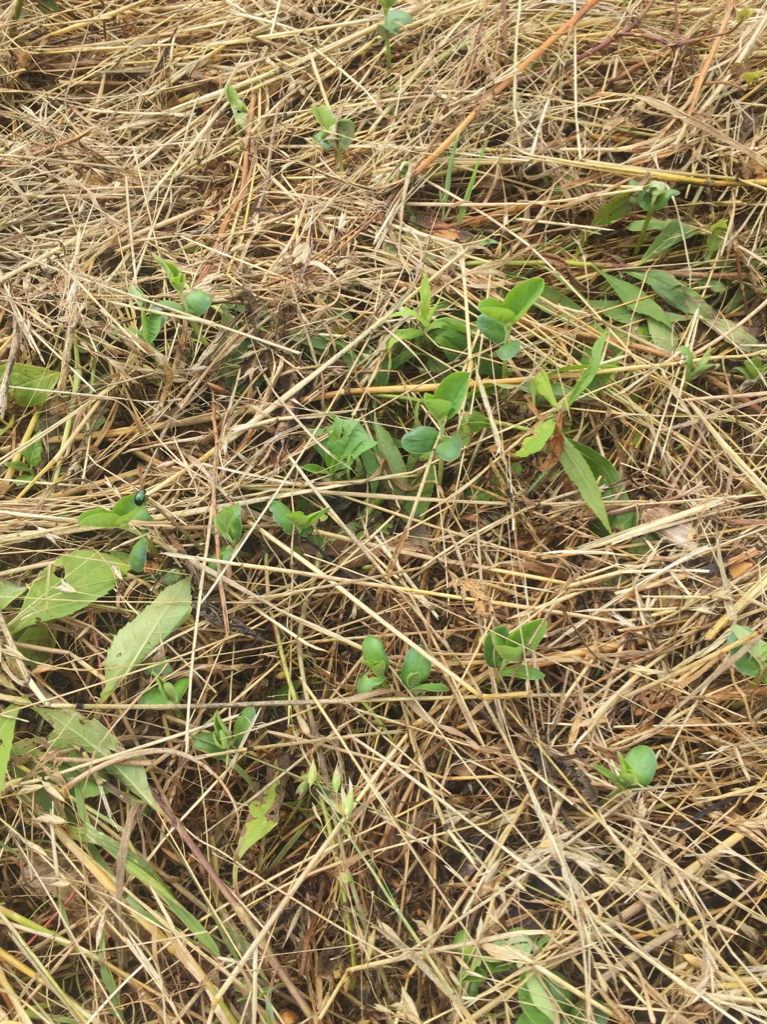Osceola
Active Member
I've been planting my plots using the throw-n-mow techniques learned on this forum and others with modest success. After I broadcast my seeds and amendments, I go over the seeded area with a cultipacker. When I inspect the ground afterwards, it seems the cultipacker is doing very little to nothing. The un-tilled ground is too firm for the cultipacker to pack anything. It just rides on the surface only touching the ground at the high points of the cylinders with very little surface area actually contacting the ground. So it seems I'm wasting my time cultipacking.
Would a flat roller or a drag be better or not bother at all, just throw and mow?
Would a flat roller or a drag be better or not bother at all, just throw and mow?
Last edited:


